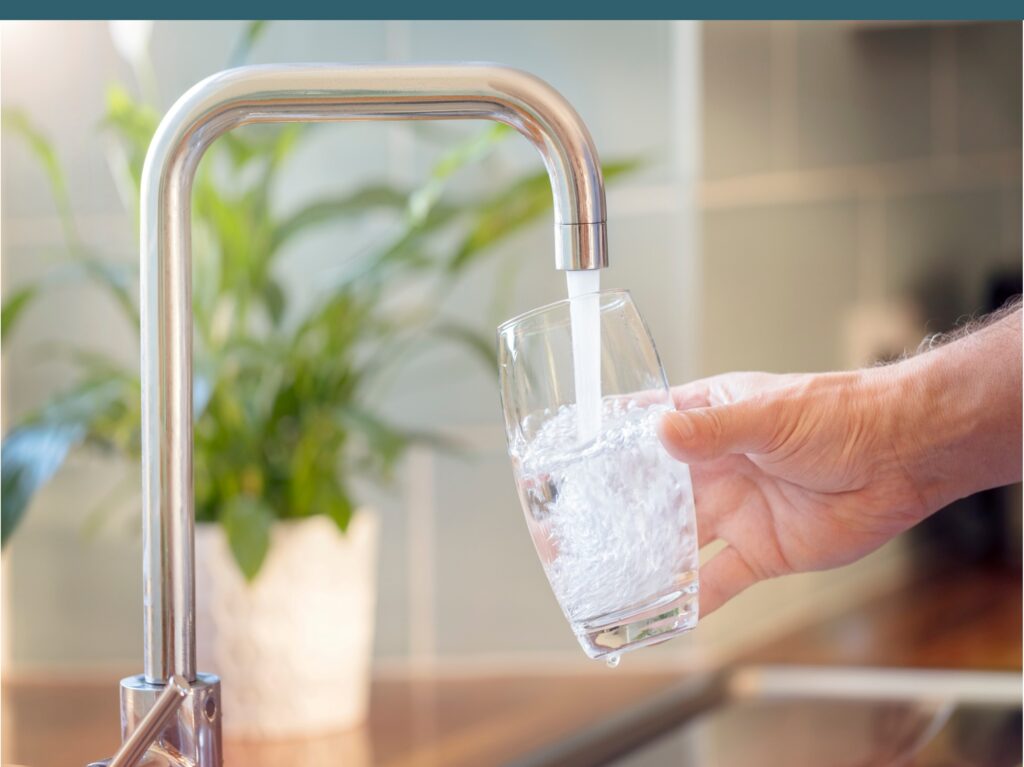
Drinking Water
Overview
Drinking water is water that is used in drink or food preparation; potable water is water that is safe to be used as drinking water. Germs and chemicals can get in drinking water at the water’s source or in the distribution system after the water has already been treated. Harmful germs and chemicals can get in the water from many sources, including: Fertilizers, pesticides, or other chemicals that have been applied to land near the water.
Common contaminants in drinking water include:
- Sediment & Turbidity
- Total Suspended Solids
- Scaling
- Iron
- Manganese
- Hydrogen Sulphide
- PFOA/PFOS
- Chloramines
- Disinfectant By-products
- Chlorine
- THMs
- Low pH
- Organic Matters
- Ammonia
- Odour & Colour
- Bacteria & E. Coli
- Lignin
- Humic substances
- Radioactive Substances
- Heavy Metals
- Arsenic
- Uranium
- Selenium
- Aluminum
- Barium
- Chromium
- Boron
- Copper
- Silica
- Lead
- Sewage & Wastewater
- Phosphates
- Nitrates
- Algae
- Hormones
- Oil in Water
- Cyanide
- Pathogens & Pesticides
- Pharmaceutical Products
- Chemicals

Drinking Water Treatment : Products by Contaminants
Sediment & Turbidity
Total Suspended Solids
Iron
Manganese
Hydrogen Sulphide
PFOA/PFOS
Chloramines
Disinfectant By-products
Chlorine
THMs
Low pH
Organic Matters
Ammonia
Odour & Colour
Bacteria & E. Coli
Lignin
Humic substances
Radioactive Substances
Heavy Metals
Barium
Chromium
Silica
Lead